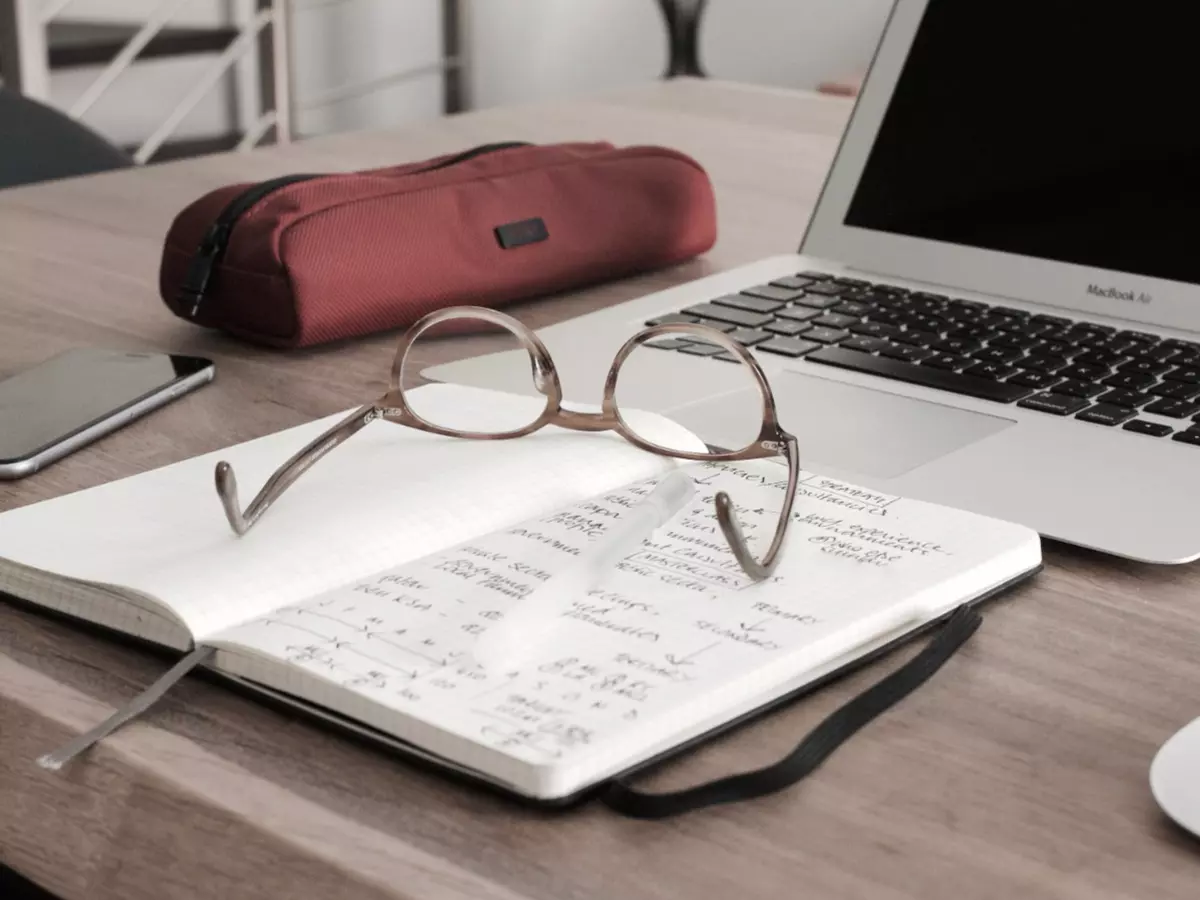National Education Day: How Creative Pedagogy Can Play A Vital Role in Academic Learning
In the National Education Policy 2020 (NEP), the word 'pedagogy' is used over 40 times and much emphasis has been placed on creative and innovative teaching and learning processes in a marked departure from traditional methods.

In the National Education Policy 2020 (NEP), the word 'pedagogy' is used over 40 times and much emphasis has been placed on creative and innovative teaching and learning processes in a marked departure from traditional methods. The point is that when creativity and pedagogy come together, a new world can open up for learners. In simple terms, pedagogy in education encompasses the study and implementation of optimal frameworks and techniques for teaching and learning. Creative pedagogy in a nutshell is all about nurturing the ability to think outside the box.
As for creativity, Albert Einstein described it thus, "Creativity is seeing what others see and thinking what no one else ever thought." Come to think of it, the whole purpose of education should be to make students more creative and innovative in their thinking as they approach problem-solving in academics and subsequently in their lives and careers. Thankfully, education systems worldwide are now focusing on pedagogy that promotes creative thinking.
 Unsplash
Unsplash
As I mentioned before, NEP 2020 is no exception and emphasises the necessity to promote teaching theories and practices that nurture creativity. The pandemic too demanded creativity in teaching methods as the extended lockdowns across the world rendered the chalk-and-talk method obsolete. The advent of Artificial Intelligence (AI) is also a game changer in education though it needs to be harnessed judiciously by educators to enhance and not dominate the learning experience.
As technology transforms education, integrating creativity into pedagogy requires a simultaneous focus on providing digital training for teachers and students but without making them technology-dependent. Interestingly, UNESCO MGIEP (Mahatma Gandhi Institute of Education for Peace and Sustainable Development) and the All-India Council for Technical Education (AICTE) have signed a Memorandum of Understanding (MoU) to collaborate on Social and Emotional Learning (SEL) and Digital pedagogies. This shows that what we need is holistic teaching methodologies, with a specific emphasis on empowering students to acquire future-forward life skills.
At a time when the world is facing a turbulent time with many geopolitical upheavals, a triple planetary crisis of climate change, pollution and biodiversity loss; our pedagogies must reflect these concerns and encourage students to think of creative solutions. As Maltese physician, psychologist, author, inventor and broadcaster Edward de Bono said, "There is no doubt that creativity is the most important human resource of all. Without creativity, there would be no progress, and we would be forever repeating the same patterns.¡± School-going children must be sensitised to the problems unfolding in the world in an age-appropriate manner and encouraged to share what they would do to make the planet healthier and more peaceful.
Creativity comes naturally to children. It is only when they are conditioned to obey a rigorously structured academic regimen, do they lose touch with their imagination and creative energy. This is why the primary focus of educators should be on cultivating a school environment that encourages children to explore the world beyond their classrooms. It is important to begin this process early and encourage students aged between four and seven to creatively express themselves. Consider creating dedicated zones within the classroom to store their materials, including markers, crayons, Play-Doh, paint, or other resources. Activity-based sessions can serve as creativity boosters as well.
In 2015, Michael Chalukian from The University of Massachusetts Boston, researched critical thinking, instructional practice, and curiosity to develop what he termed as the Pedagogy of Curiosity. He endorsed the idea of a 'Curious Classroom' where curiosity and critical thinking were nurtured and students could become 'autonomous reflective learners'. So yes, curiosity enables students to embrace diverse perspectives. Teachers hence should ensure curiosity is never stifled and questions never left unanswered in a classroom.
 Unsplash
Unsplash
Reading, I believe, is one way to unleash the imagination of children and to stimulate the curiosity of children about the world we live in. Establishing a classroom library is an excellent way to provide students with easy access to sources that can spark creative ideas. Another effective method is to assign free-writing exercises or give problems that will inspire students to apply and enhance their analytical skills.
Effective pedagogy should also encourage collaboration, which is an integral aspect of creative synergy. Collaboration enables students to facilitate the sharing of diverse ideas and develop essential teamwork skills. The time has also come to depart from conventional assessment methods and embrace creative evaluation approaches, such as via portfolios and multimedia presentations, allowing students to showcase their creative prowess among their peers. Additionally, providing constructive feedback is pivotal, as it aids students not only in learning from mistakes but also in motivating them to generate more innovative ideas.
While we understand that changes in education and pedagogy won't occur overnight, a distinct shift towards more creative approaches in our educational system is imminent because 'creativity' and 'imagination' distinguish humans from machines. As author and activist Maya Angelou put it, "You can't use up creativity. The more you use, the more you have."
About the author: Rajesh Bhatia is the founder of Tree House Education & Accessories Ltd. All views/opinions expressed in the article are of the author.
